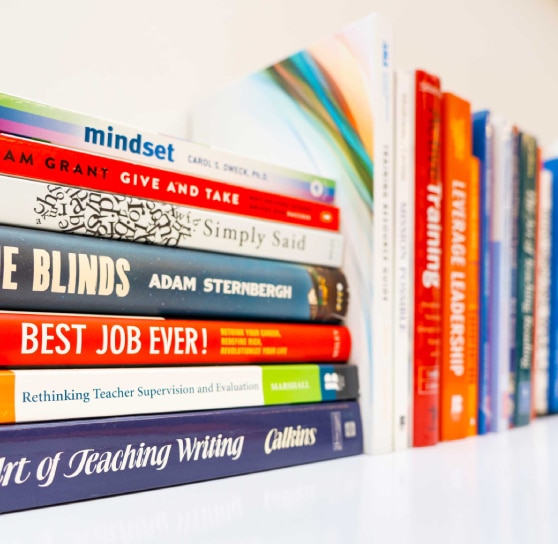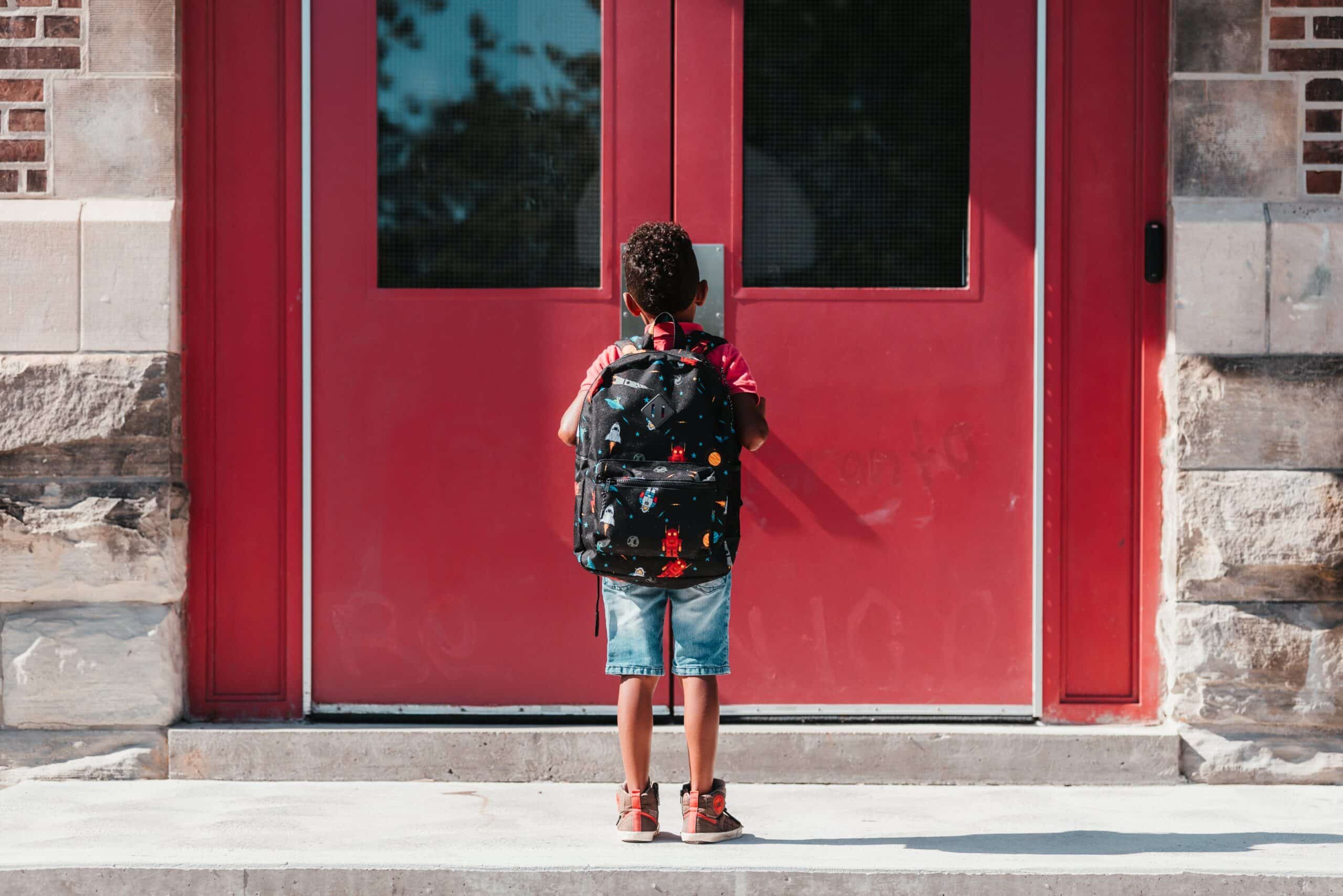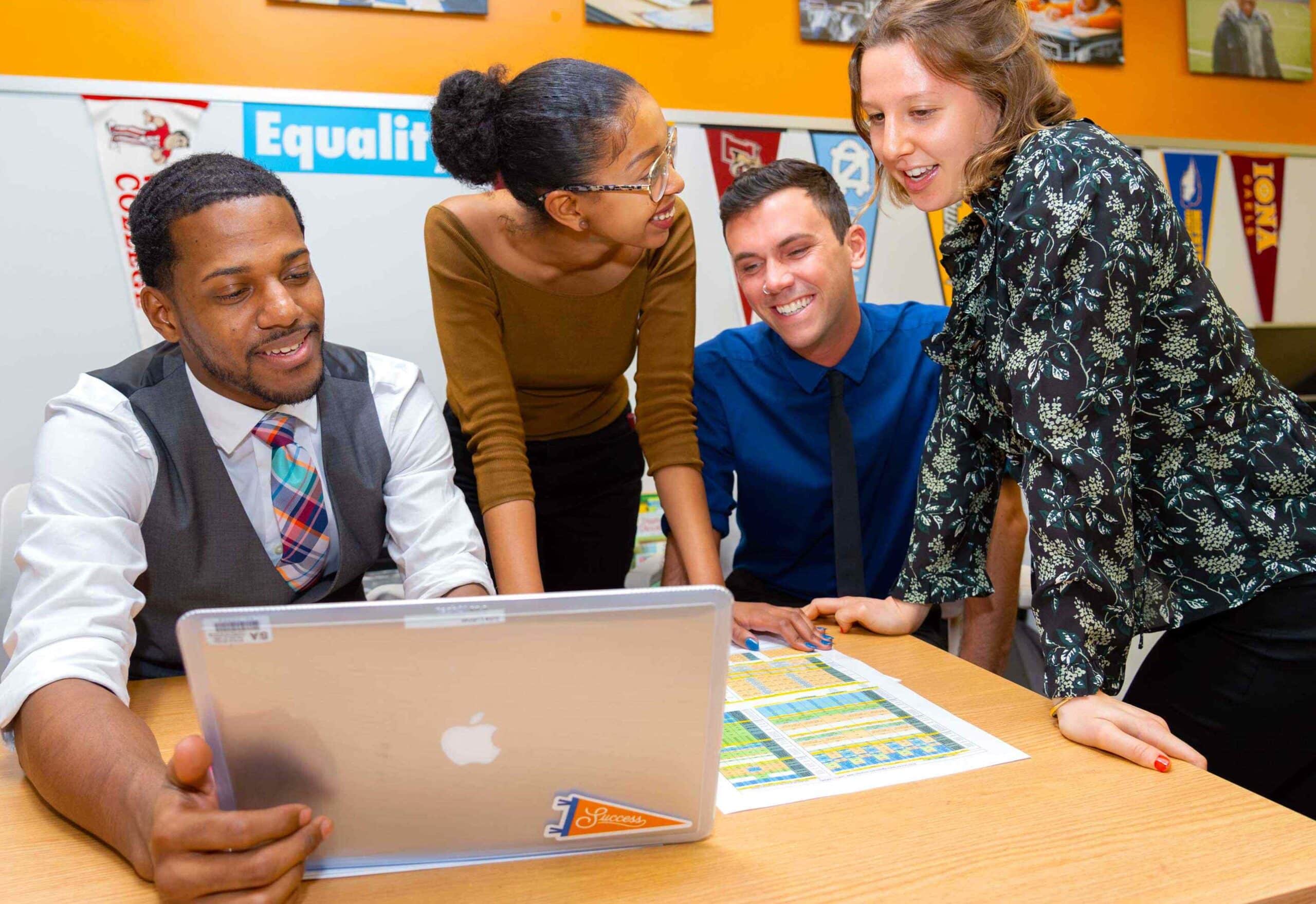


Reading nonfiction prepares scholars for life: the knowledge they need to understand a variety of subjects presented in ways they will encounter in the real world.
Your scholars just finished Schools Project-Based Learning, and most, if not all, of your scholars were with us in kindergarten, so the nonfiction genre is not new to them. Not only have they read nonfiction books and texts with their parents at home, but they have also done units devoted to nonfiction reading and writing, in addition to Project-Based Learning.
In this unit, your job is to excite scholars about exploring subjects they are naturally curious about through reading—showing scholars that they can teach themselves anything! You will provide scholars with a toolkit that will allow them to read and understand nonfiction texts.
If you do your job well, your scholars will be eager to get their hands on nonfiction books to learn more about what interests them most.
It is imperative that ALL your scholars are reading at home and at school. Meet with the parents of any scholars who are not reading at home. If you cannot persuade parents to ensure that their children are doing their homework, you need to manage up to leadership.
It is your responsibility to ensure that ALL your scholars are reading 6 days a week at home!
Spend two days on each lesson to give scholars practice.
Lesson 1: Nonfiction readers always read the title and think about the title as they read.
Lesson 2: Nonfiction readers learn from the text and text features.
Lesson 3: Nonfiction readers stop at the end of each page and think about the most important thing they’ve learned from reading it.
Lesson 4: Nonfiction readers ask themselves questions as they read, and they read on to find the answers.
Lesson 5: Nonfiction readers understand the whole book by asking, “What is the main thing this book is teaching me?”
What Does Success Look Like?
Nonfiction readers always read the title and think about the title as they read. Success is when scholars read the title, consider what they might learn before reading, and think about the meaning of the title as they read.
Lesson 1
Engage — 1 minute
Titles are telling! We always look at a book’s title to get an idea of what we might learn from reading the book. Keep the title in mind as you read to help you identify the most important information and ideas in the text—the title is key to figuring out the big idea.
Direct Instruction (Model/Practice) — 5–7 minutes
Independent Reading/Targeted Teaching Time — 25 minutes
Partner Share — 3–5 minutes
Whole-Class Share — 5 minutes
What Does Success Look Like?
Nonfiction readers learn from the text and text features.
Success is when scholars glean information from both the text and text features on each page.
Lesson 2
Engage — 1 minute
Nonfiction books are exciting because they contain so much information, and they present it in fun, different ways! We have to be on the lookout for information not only in the text but also in the pictures, graphs, tables, glossary, and table of contents—the text features!
Direct Instruction (Model/Practice) — 5–7 minutes
Independent Reading/Targeted Teaching Time — 25 minutes
Partner Share — 3–5 minutes
Whole-Class Share — 5 minutes
What Does Success Look Like?
Nonfiction readers stop at the end of each page and think about the most important thing they’ve learned from reading it.
Success is when scholars can retell the most important thing they’ve learned on each page.
Lesson 3
Engage — 1 minute
To make sure we’re retaining all the wonderful new information we’re learning about our topic, one of the most important things we must do is stop and think after each page.
Direct Instruction (Model/ Practice) — 5–7 minutes
Independent Reading/Targeted Teaching Time — 25 minutes
Partner Share — 3-5 minutes
Whole-Class Share — 5 minutes
What Does Success Look Like?
Nonfiction readers ask themselves questions as they read, and read on to find the answers. Success is when scholars ask themselves questions about what they’re reading, then continue to read in order to answer those questions.
Lesson 4
Engage — 1 minute
When we read about topics we’re dying to know more about, we learn more and hunger for more— our curiosity grows!
Direct Instruction (Model/Practice) — 5–7 minutes
Independent Reading/Targeted Teaching Time — 25 minutes
Partner Share — 3–5 minutes
Whole-Class Share — 5 minutes
What Does Success Look Like?
Nonfiction readers understand the whole book by asking, “What is the main thing this book is teaching me?”
Success is when scholars consider the main thing the author is teaching them to identify the book’s big idea.
Lesson 5
Engage — 1 minute
As first-graders, scholars will read so many books! After reading a book, we can’t just immediately close it and move on to the next one. Taking time to think about what we’ve read helps us understand so we don’t forget the new information we’ve learned!
Direct Instruction (Model/Practice) — 5–7 minutes
Independent Reading/Targeted Teaching Time — 25 minutes
Partner Share — 3–5 minutes
Whole-Class Share — 5 minutes
Use the next 5 days to work with scholars and increase their capacity to read.
The most important thing you can do is give kids independent reading time. The best way to improve reading is by having kids read.
Listen to scholars as they read independently. Talk with scholars one-on-one about their reading and coach them through the key obstacles to being great readers.
Depending on their needs, work with scholars whole group, in small groups, or one-on-one to support them with the:
Congratulations! You’ve reached the end of Unit 4: Inquiring Minds Want to Read!
As a result of teaching this unit, you, as the teacher, have:
Your scholars can:
Celebrate your scholars’ successes by acknowledging what they can now do as readers as a result of their work over the past several weeks. For example, find ways to help them share their newfound knowledge with one another! Let them share their favorite books and facts with partners, members of other classes, and even other grades. Invite parents in to read their scholars’ favorite nonfiction books with them.
Reflect on your successes and stretches, as well as those of your scholars. Look at your F&P results. Have your scholars grown as readers over the past month? Between now and the end of the next unit, your scholars should move another F&P level. This jump requires scholars to understand more complex texts with multiple ideas and to hold on to multiple ideas as they read.
Scholars must read at home, as well as in school. Are 100% of your kids reading 6 days a week at home? Make sure at-home reading is happening, and meet with families who are falling short to recommit them to this team effort.
Are 100% of your kids reading fluently? Are they using all the tools at their disposal to decode words and figure out the meaning of what they are reading?
Are 100% doing their Reading Logs?
Going into the next unit, make specific reading goals for yourself. Set a percentage goal for how many children you will move in the next 15 days. Set a goal for children who are not reading at home. Who will you get to consistently read at home? Set a goal for moving any scholars stuck on a reading level. Why are they stuck? How will you support their growth and get parents involved?
If you are having trouble meeting your goals, do not wait until you have NOT succeeded. Consult your colleagues. Consult your leaders. ASK FOR HELP so you can meet your goals!
resources
Access a wide array of articles, webinars, and more, designed to help you help children reach their potential.
Curated Middle School Novel List (Grades 5-8)
Educator
Parent
Book lists
Book Lists
Middle School
5th
6th
7th
8th
Literacy

ES PBL Grade 2: Brooklyn Bridge
Educator
Curriculum
Elementary School
2nd
PBL

ES PBL Grade 3: Iroquois and Lenape
Educator
Curriculum
Elementary School
3rd
PBL

Grade 1: PBL School – How It Works!
Educator
Curriculum
Elementary School
1st
PBL
NEWSLETTER
"*" indicates required fields
